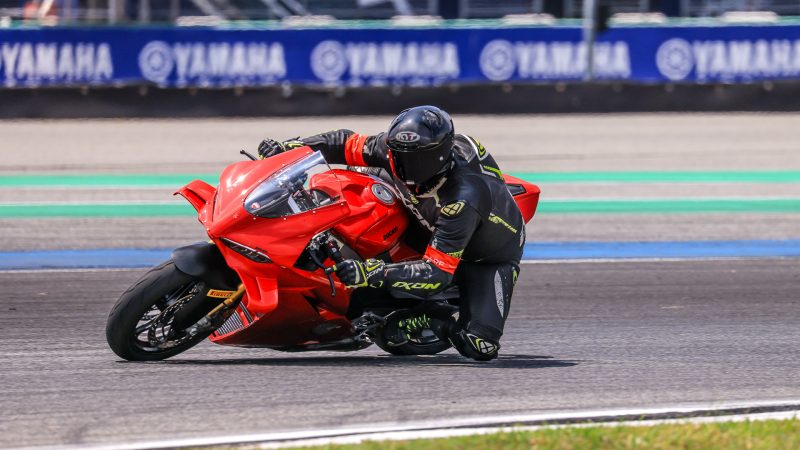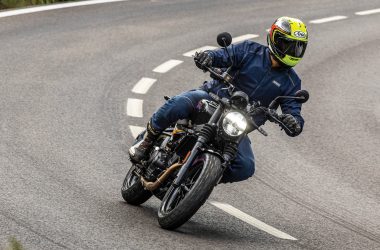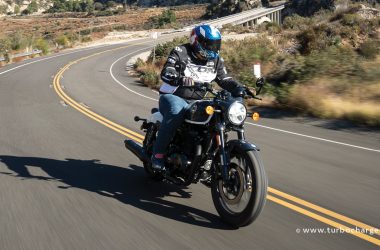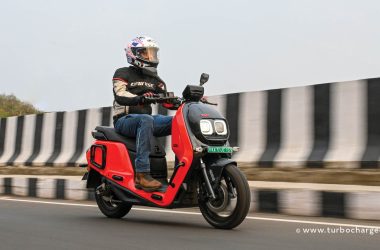Words Abhay Verma | Photography Ducati India
I want to start this review with a throwback to October 2012. The very next day after the big boys from MotoGP were done laying down rubber around the fast and flowing Sepang International Circuit, I got to ride Ducati’s then-new flagship superbike and the very first Panigale, the 1199S, on track. It was my first time riding a full-blown litre-class superbike at a MotoGP circuit, and I came back very impressed. At the same time, I also felt the bike was very demanding physically, though I was quick to shun the thought, looking at greats like Loris Capirossi and Troy Bayliss play with it as if it were a toy, right in front of my eyes.
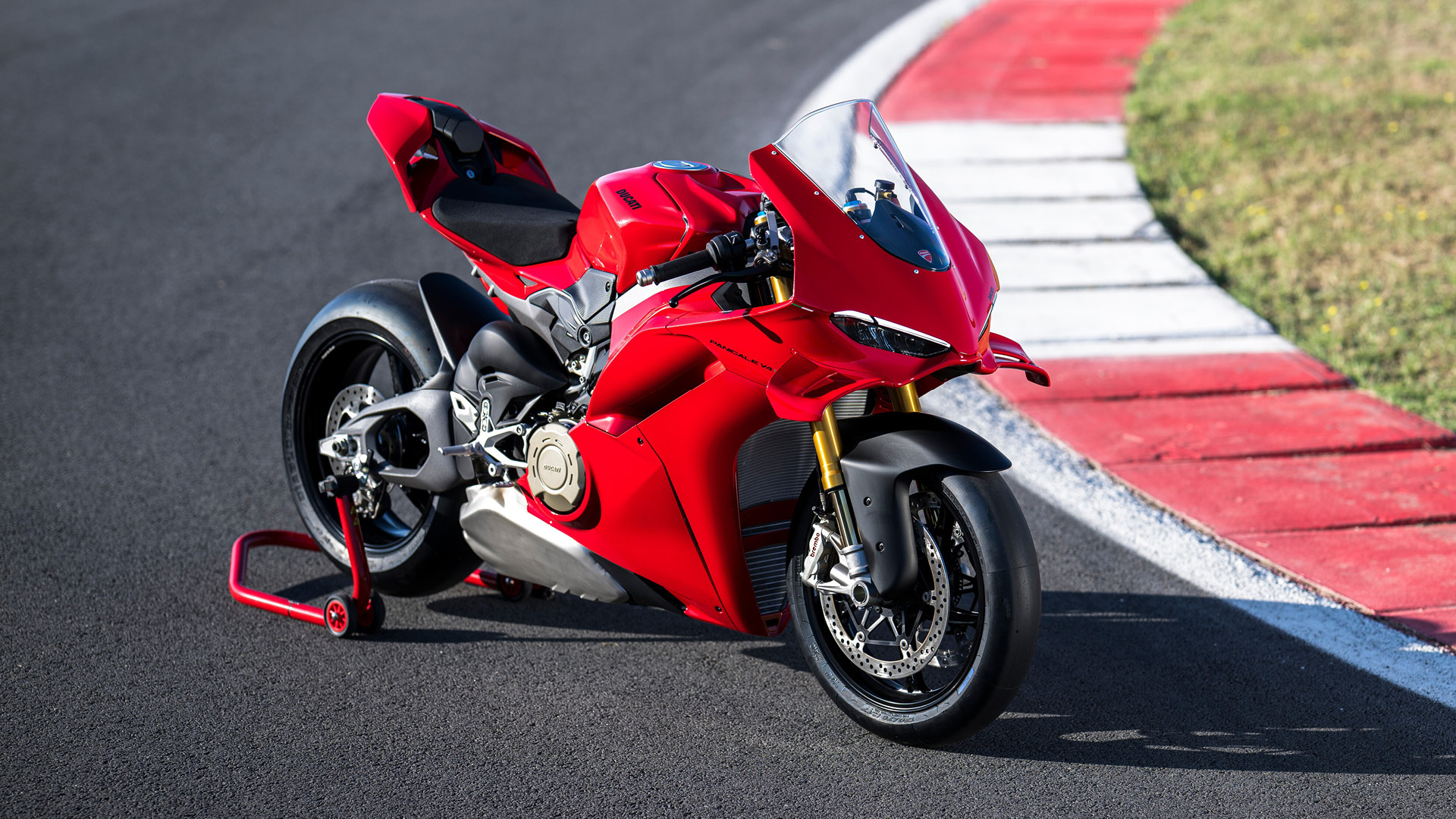
And the sheer adrenaline rush of hitting nearly 300kmph down Sepang’s long straight every two minutes or so, with the front furiously trying to come up in the first five gears, besides the raw pace the bike allowed me to carry through corners, meant the laborious task of muscling it around corners was forgotten easily. Fast forward to a few weeks ago, when Ducati India’s email inviting TURBOCHARGED to test the new-generation Panigale V4 at another MotoGP circuit, the Chang International Circuit in Thailand, popped into my inbox and I found myself smiling. It’s a circuit I’d tested the 959 Panigale on a few years ago, and as luck would have it, we were to ride the new Panigale V4 at Chang just weeks after the circuit hosted a round of this year’s MotoGP championship!
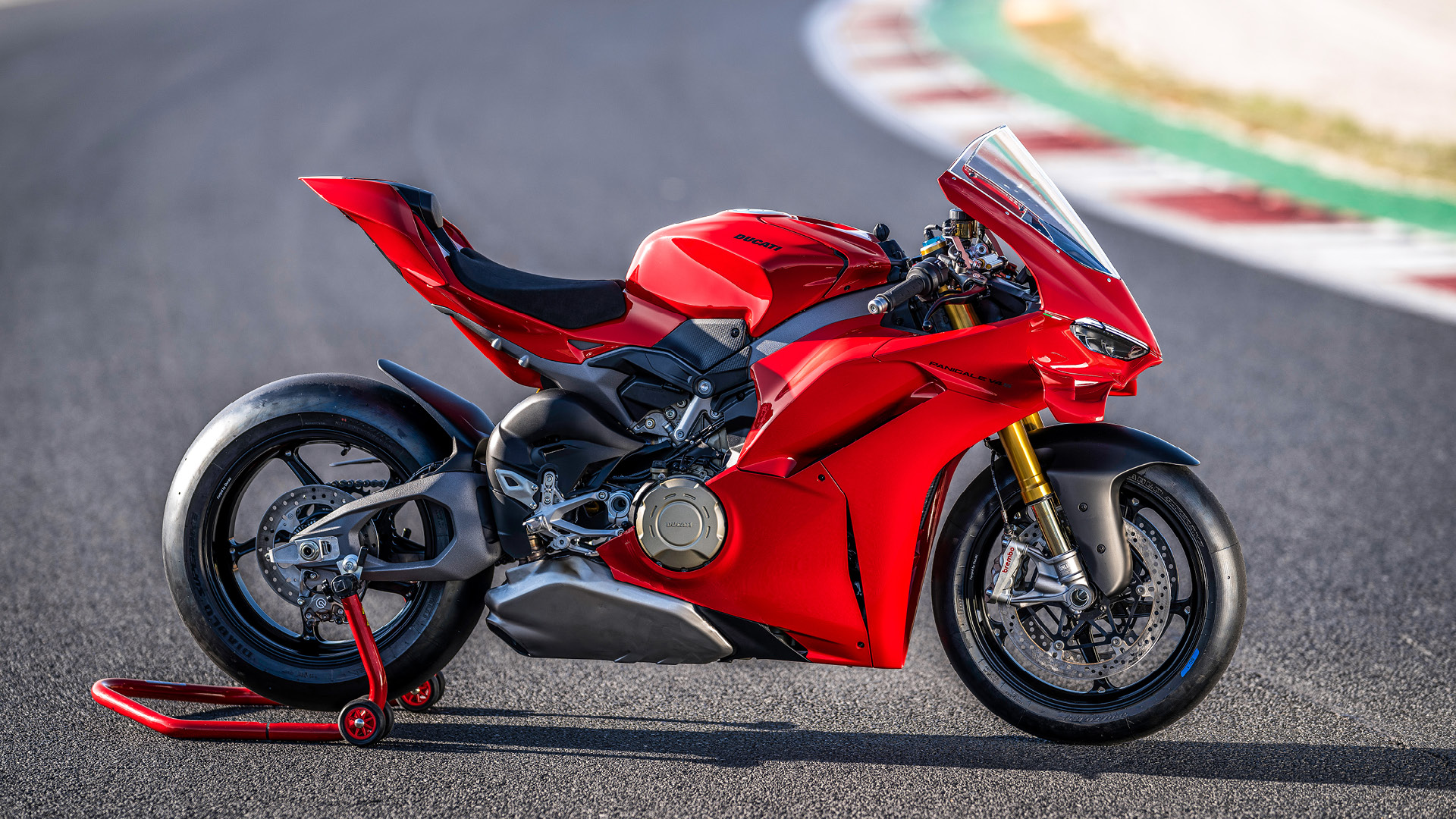
The 2025 Panigale V4’s refreshed design is quite a departure from last year’s bike, especially the front end. Gone are the sharp lines, as the headlamps are a lot more rounded, besides which the winglets are now integrated into the fairing, and sit right below the headlamp, unlike the previous generation bike. The fairing is also 50mm wider now to aid aerodynamics, besides which the tank design is new too. The rear end looks sharper too but the biggest change on the design – and engineering front – is Ducati ditching its trademark single-sided swingarm for a dual-sided unit. Bottomline is, the overall design is more purposeful and trades beauty for gains, without sacrificing the gorgeousness we’ve always associated with Ducatis. And yes, the new design is also an ode to the iconic Ducati 916!

The instrument cluster is an all-new, 6.9-inch TFT display with an 8:3 format. It isn’t just larger, it’s also crisper looking, brighter and far more informative. Heck, the display is so good to look at and access information, even when clipping at over 250kmph, it makes you wonder as to how much effort went into perfecting its layout! The riding position has been optimised too, with a rider triangle that makes moving around easier, especially when transitioning from side to side. More importantly, engineering efforts have been focused on making the new Panigale a lot easier, more forgiving and significantly less demanding to ride.
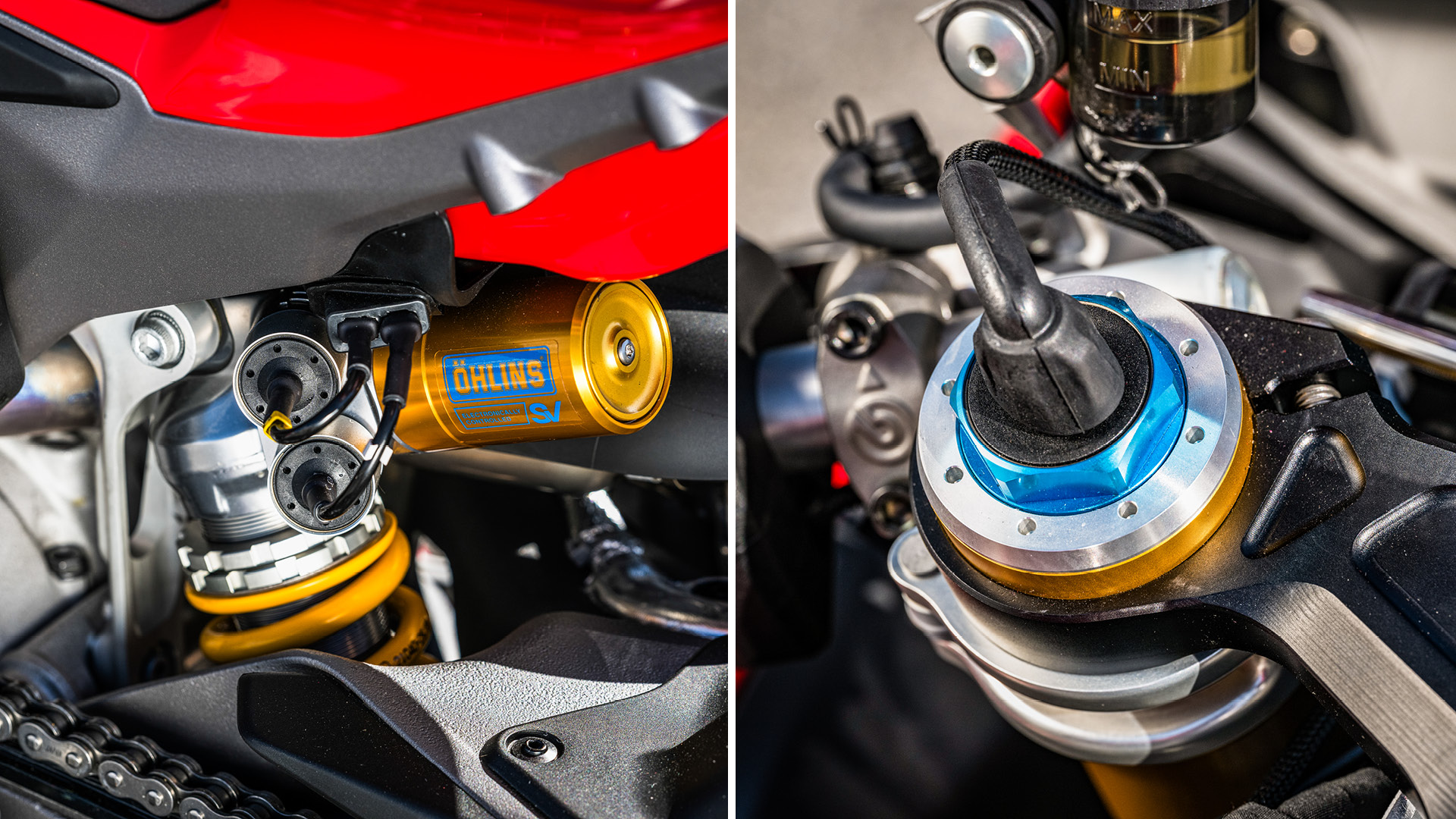
Ducati claims the updated chassis improves stability, and along with the updated, electronically adjustable Ohlins suspension at both ends (exclusive to the V4 S version – NPX-30 front forks and TTX36 rear monoshock), helps in offering better feedback. Additionally, the new frame is lighter with 40 percent less lateral stiffness, while the new swingarm boasts 37 percent less lateral stiffness, which together contribute towards improving traction and stability under hard acceleration. The forged wheels are 2.17kg lighter too, and overall, these are serious updates that help in offering a significantly more precise feel.
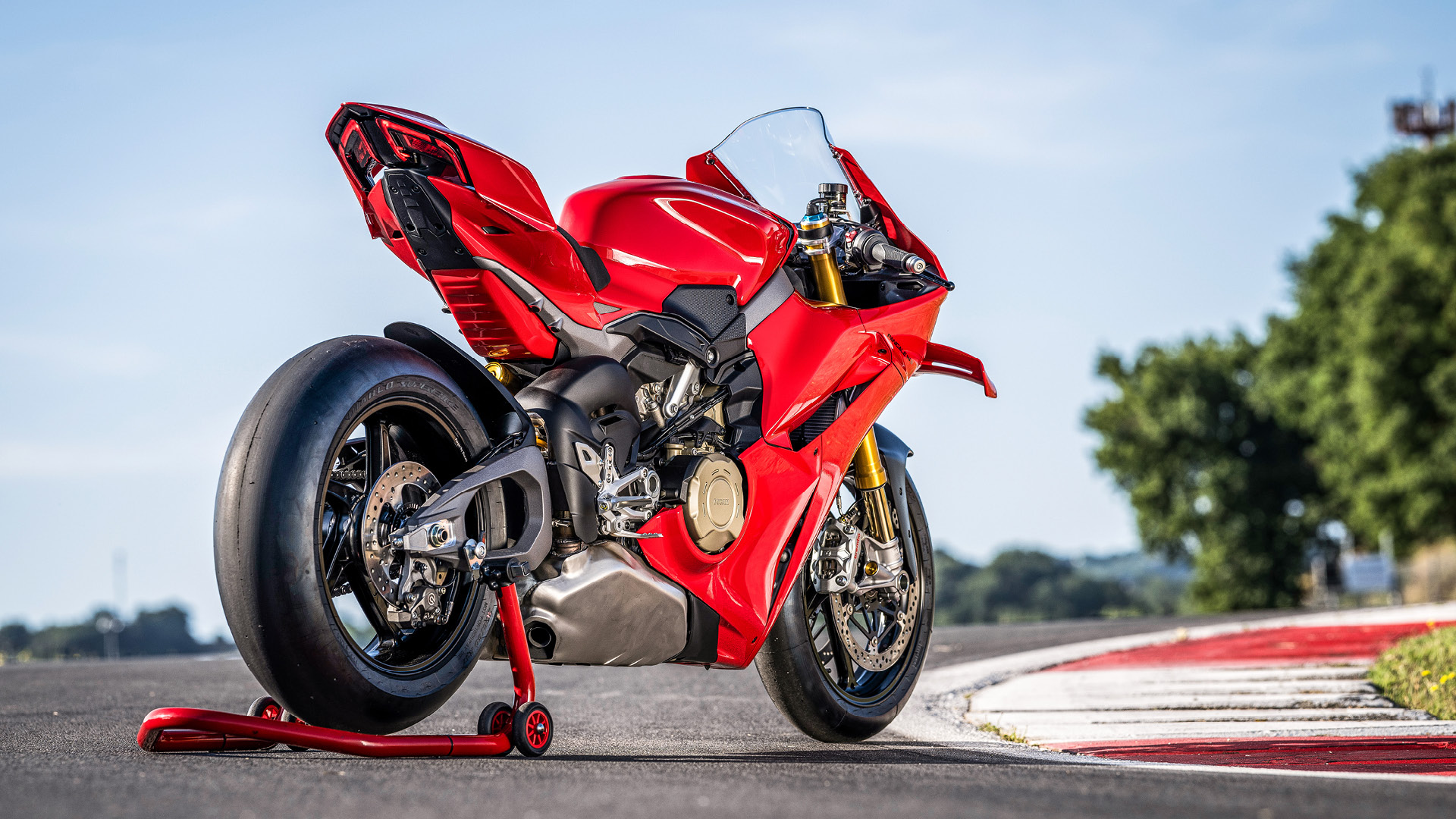
The 1,103cc, liquid-cooled V4 engine has received a raft of updates too, but continues to use Ducati’s trademark Desmodromic valve actuation along with its MotoGP-derived twin-pulse firing order and counter-rotating crankshaft. The bike meets stricter Euro 5.2 norms but Ducati has managed to eke out more power, as the engine puts out 216PS and 121Nm now. Electronics are as cutting-edge as technology allows. And that means you have more customisation options for everything, right from the way the brakes respond, to ABS intrusion, engine braking, suspension behaviour and what not. Basically, the learnings from Ducati’s MotoGP-dominating race machines have made their way onto the new Panigale in a far bigger manner now to help you make the most of its insane potential, way more than you would imagine.
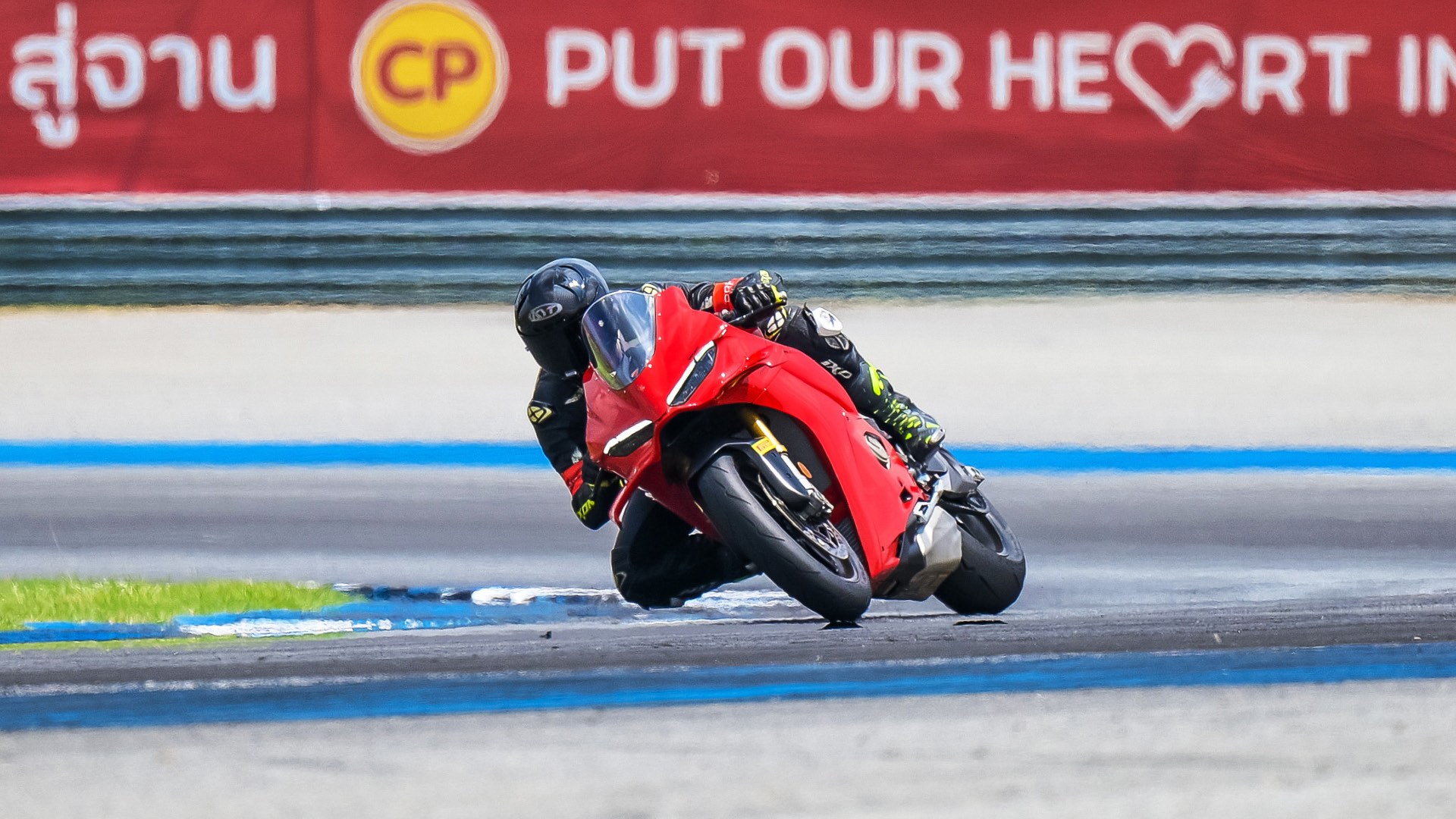
On track, the new Panigale V4 S thus feels ridiculously easy to ride fast, while also feeling idiot-proof. You’ll have to be seriously stupid to crash it, that’s how easy – and safe, courtesy the electronics – it is to ride fast. The clip-ons sit slightly higher than before and the seat lower, helping matters too. Performance comes in so easy and the bike builds speeds so quickly that you’re left wondering, did the longest straight at Chang just shrink and reduce in length? And there’s so much grunt out of corners – and so much grip – that it takes half a lap to just get used to the bike’s sense of urgency, in any mode. Meanwhile, the top spec Pirellis offer tonnes of grip, ensuring your heart never skips a beat, no matter how hard you open the throttle. And in sync with its electronics, the Panigale is thus doing so much to help you go fast – effortlessly – that your brain almost starts lacking processing power. At times, you’re thinking, how the heck are you able to ride the bike so hard, without even realising it!

Brembo’s top of the line Hypure braking system adds to the ease of throwing anchors, and the front brake is now linked to the rear brake – think combined braking – which contrary to what you might think, helps you slow down with greater ease. Front end feedback is excellent, even when nearing the edge of the tyre sidewall, and this is also courtesy the trick electronics and six-axis IMU, and not just the super-grippy Pirellis. The winglets do a brilliant job of keeping the front in check too, while the electronics work overtime, even when you give the throttle a careless twist of the wrist. That said, riding a bike as powerful as the new Panigale fast around a racetrack, lap after lap, still demands athlete-levels of fitness. And that meant, as much as I was enjoying giving it the stick, I could feel myself getting tired just a few laps into each track session.
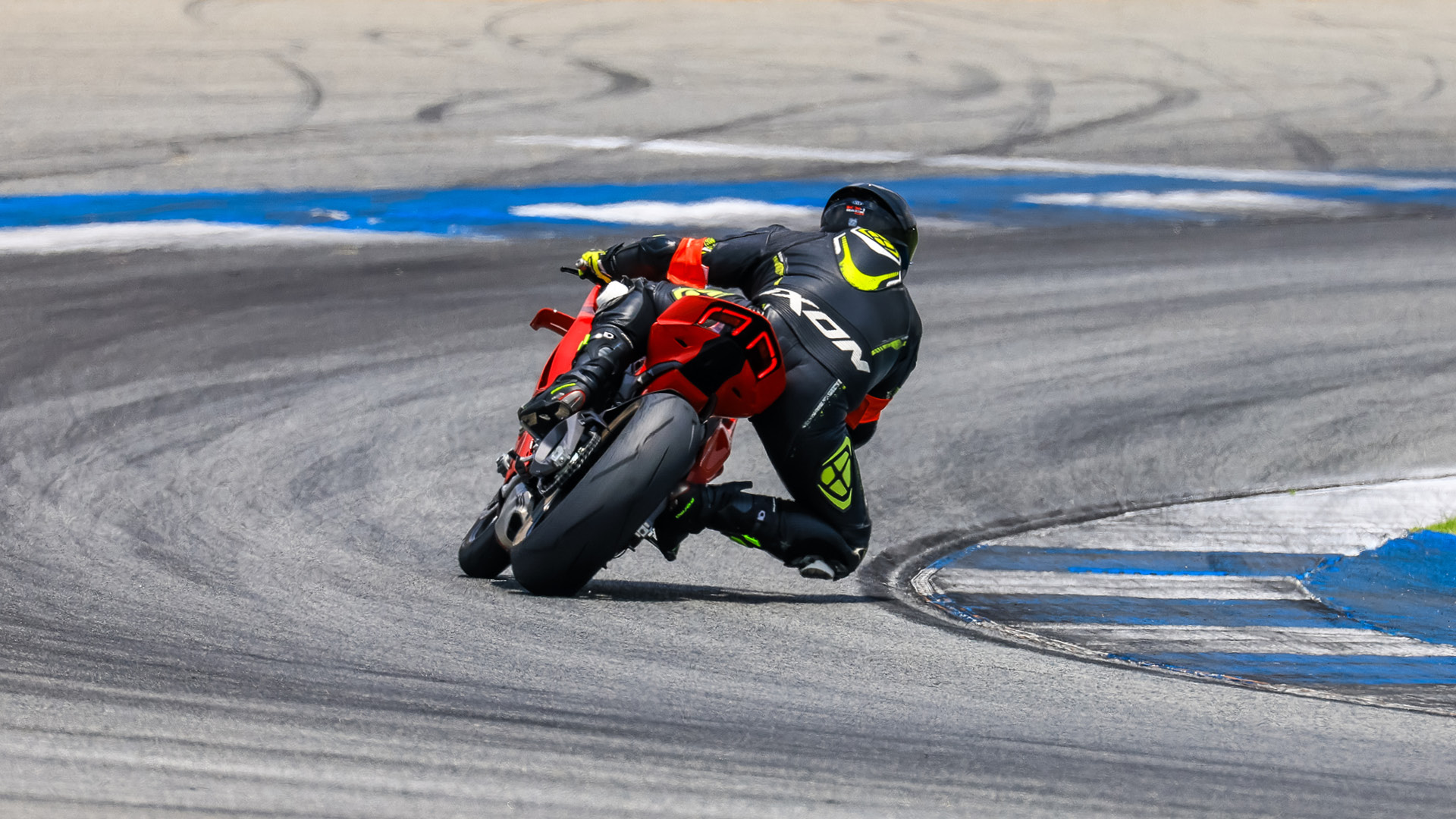
Slowing down slightly helped assess the bike better, as my brain was then able to process things in a more organised manner. And by the end of the day, I realised that the new Panigale V4 S is perhaps the closest most riders will get to a thorough race-bred machine, minus the cumbersomeness associated with them. It also feels blazingly quick, is amazingly easy to manoeuvre and will goad you into thinking you’re next in line for Ducati to sign up for its WSBK program. Sure, the V4 S with all its gadgetry, especially the electronically-damped Ohlins suspension retails at ₹36.50 lakh, ex-showroom, which is serious money, but rest assured that for the price, you’re getting what is easily the most advanced superbike on the planet.





